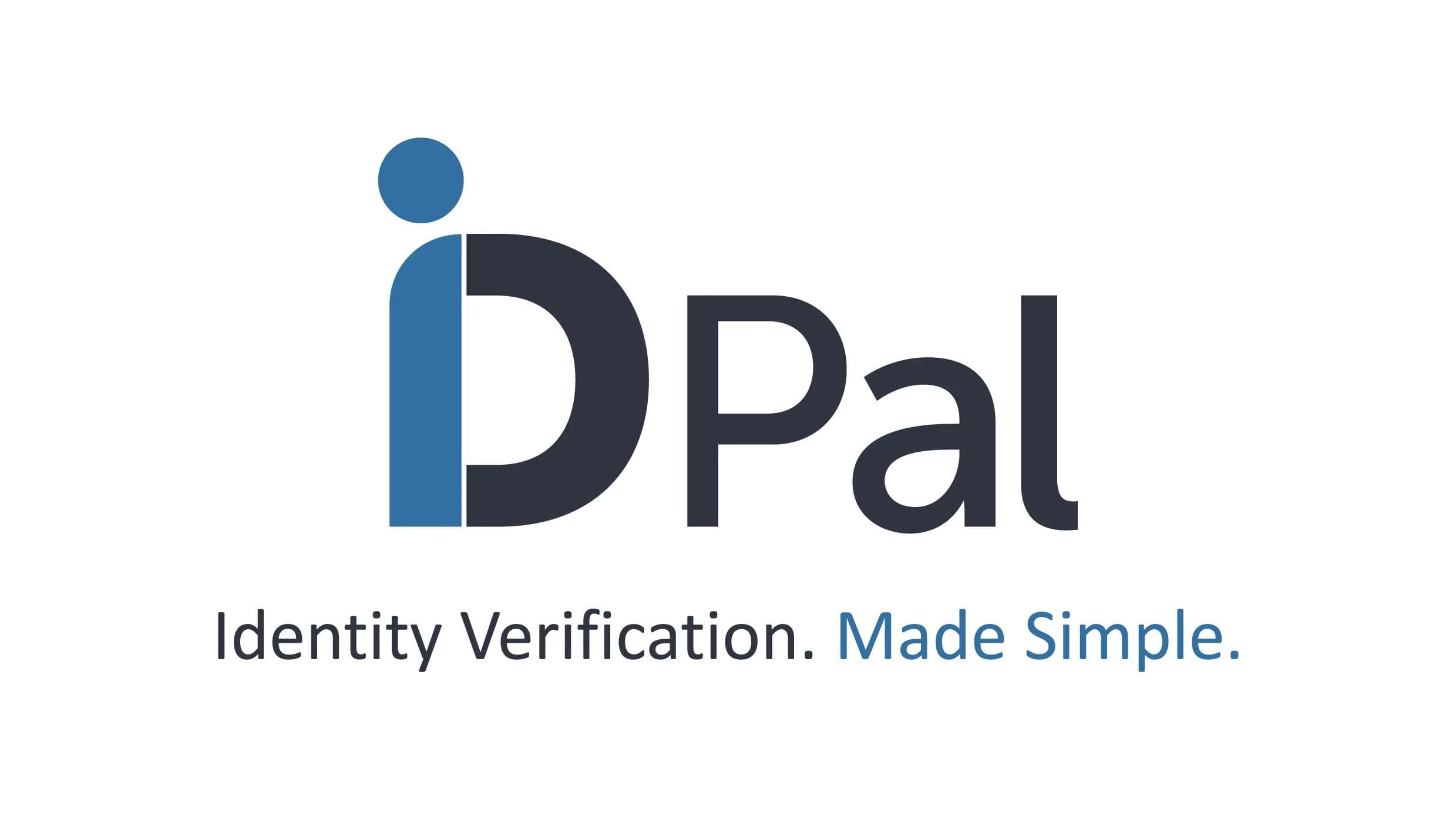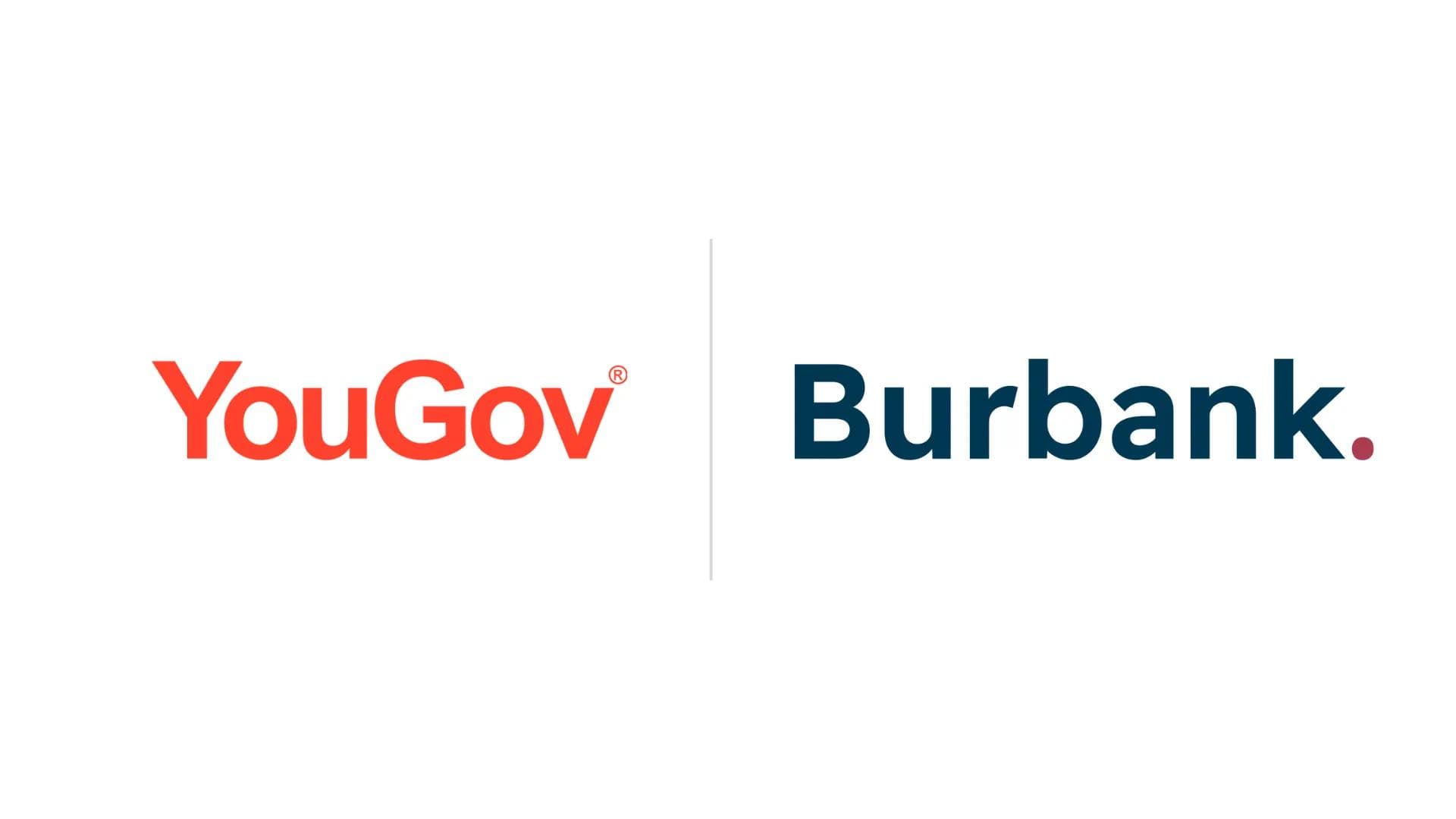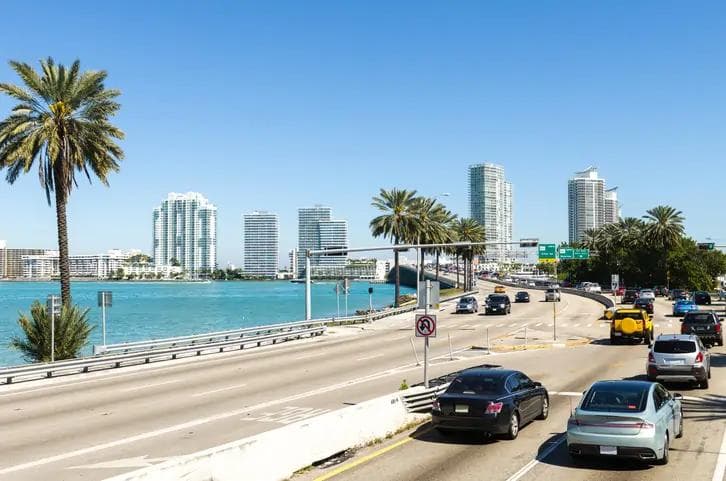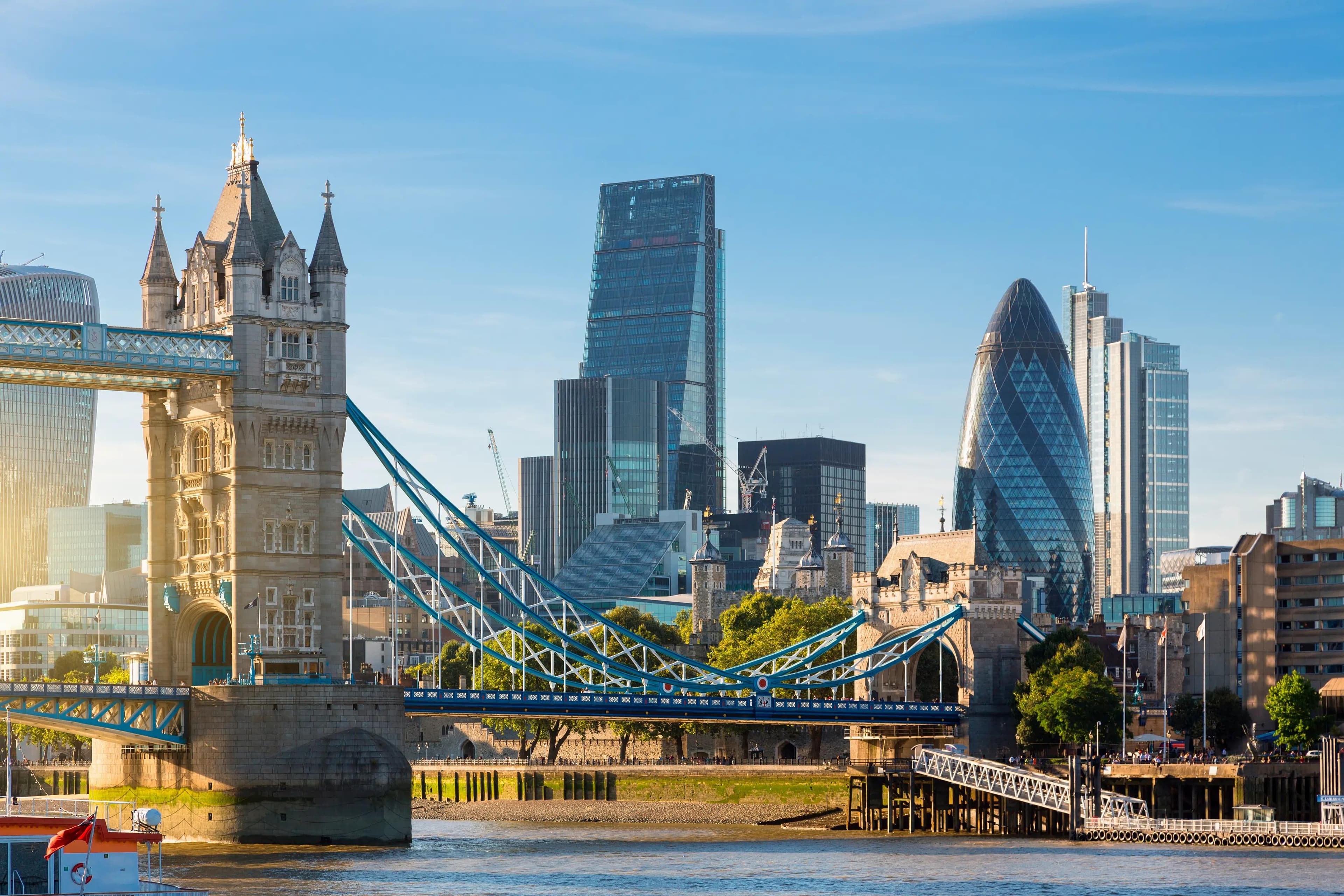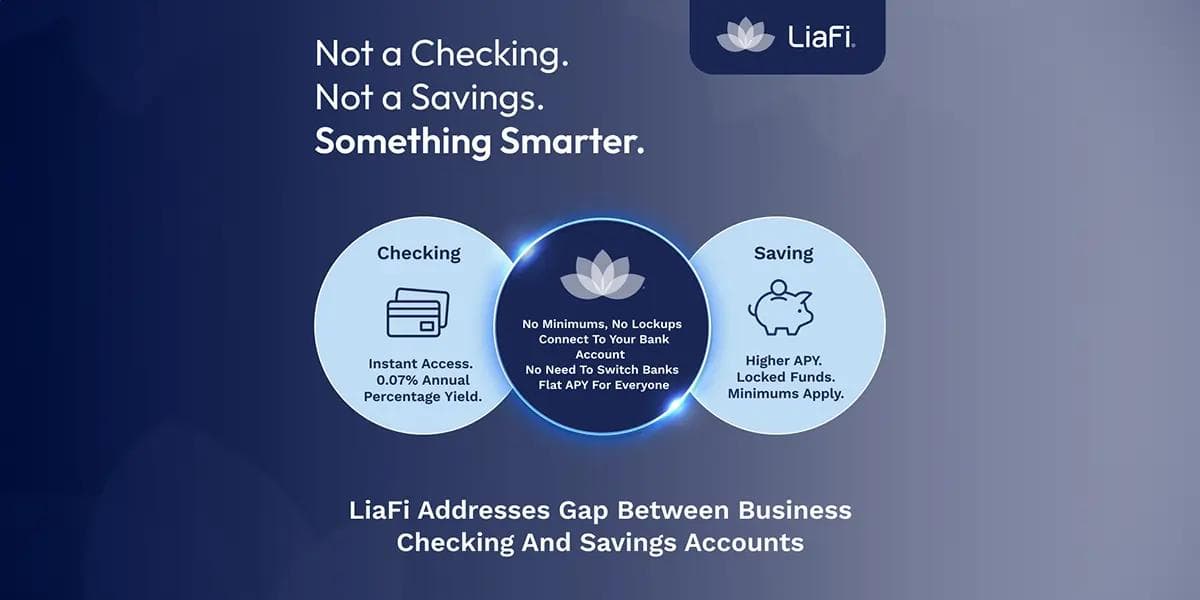Arresting the loss of nature: ascribing value to the Amazon
Arresting the loss of nature: ascribing value to the Amazon
Published by Jessica Weisman-Pitts
Posted on December 15, 2021

Published by Jessica Weisman-Pitts
Posted on December 15, 2021

 The sustainable use of natural resources is becoming a mainstream concern for policymakers and investors. Maurice Bryson, Sustainable Finance Analyst at S&P Global Ratings, explores whether accounting for the loss of nature could help lessen the impacts of global deforestation and, in turn, climate change
The sustainable use of natural resources is becoming a mainstream concern for policymakers and investors. Maurice Bryson, Sustainable Finance Analyst at S&P Global Ratings, explores whether accounting for the loss of nature could help lessen the impacts of global deforestation and, in turn, climate change
As the damaging effects of climate change become ever harder to ignore, the preservation of nature is increasingly moving to the top of the international climate agenda as a means to mitigate climate change. And while the effects of nature loss are being experienced all over the world, they are particularly severe in agricultural-forest frontiers such as the Brazilian Amazon.
Putting a price on nature is one potential avenue being explored by policymakers, regulators, and other stakeholders to preserve vital ecosystem services. A price of US$0 per hectare of nature does little to dissuade its destruction. However, if the real value of a hectare of pristine nature is assessed, through valuing the ecosystem services it provides, an incentive to protect nature could be developed.
Unpriced cost of cattle driving deforestation
Using data from the Brazilian Institute of Geography and Statistics (IBGE), it can be estimated that the Brazilian Amazon saw a 15% increase in its cattle herd between 2012 and 2020 – from 60 million to 70 million animals. And, according to the Brazilian Institute of Space and Research, during this same period, the rate of deforestation in the region increased from 0.46 million hectares to 1.085 million hectares, with an estimated 80% of deforestation being linked to the expansion of pasture.
Moreover, the Ecosystem Services Valuation Database (ESVD) found that a hectare of standing forest in the Amazon creates US$4,741 of ecosystem services per year. As such, the hypothetical cost of nature loss for beef produced in the Brazilian Amazon in 2020 can be calculated at approximately US$4 billion. Applying this cost to the total revenue of processing cattle in Brazil – which The Association of Brazilian Beef Exporters estimated at US$34 billion in 2020 – suggests that, had the cost of nature loss been incorporated as a cost of production, it would have represented around 12% of these companies’ revenues for the year. In other words, there was potentially an unpriced cost of US$12 for every US$100 sale of beef-related products in 2020.
As it stands, this cost is not recognised as an expense and is therefore not currently factored into the final price of the product. Even if it were to be applied to beef processors’ income statements, it would be very difficult to estimate the impact on the companies, as these costs would most likely be passed onto consumers. However, price changes could prompt changes in consumer demand, and therefore lessen deforestation pressure of beef in the Amazon.
Incentivising the protection of nature
Brazilian beef processors are becoming increasingly aware of the correlation between their cattle supply chains and the subsequent impacts on the Amazon. The Brazilian Forest Code (2012) requires landowners to maintain a minimum percentage of native vegetation of their property, and some companies have already ensured they are not directly sourcing cattle from illegally deforested areas of the rainforest by achieving full monitoring of their direct suppliers in the region.
Yet abiding by this law can prove difficult. Cattle supply chains in Brazil are often fragmented, with smallholder farmers breeding cattle before selling them to larger farmers, who, in turn, sell directly to beef processors. What is more, the indirect supply chain of cattle farming – where deforestation is most likely to take place – can be up to five times larger than the direct supply chain, making it near impossible to accurately trace whether or not each farmer has abided by this law.
Nonetheless, various pathways are being explored to strengthen the incentives that protect nature in an attempt to limit the negative externalities associated with its loss. Payments for ecosystems to farmers to protect nature, for example, could incentivise the maintenance of the rainforest, which could in turn lead to wider benefits for society, such as climate regulation. Equally, price premia for beef certified to be deforestation-free, could also provide a pecuniary incentive to farmers to protect nature.
Looking ahead, further enhancements to natural capital accounting could be a next step to combatting the loss of nature. The Taskforce for Nature-related Financial Disclosures (TNFD) is being developed to enable investors to more accurately appraise their exposure to nature-related risks. Meanwhile, more detailed assessments of deforestation rates and comprehensive ecosystem services valuations could pave the way to greater transparency, and in turn enable prudent capital allocation to the protection of nature.
 The sustainable use of natural resources is becoming a mainstream concern for policymakers and investors. Maurice Bryson, Sustainable Finance Analyst at S&P Global Ratings, explores whether accounting for the loss of nature could help lessen the impacts of global deforestation and, in turn, climate change
The sustainable use of natural resources is becoming a mainstream concern for policymakers and investors. Maurice Bryson, Sustainable Finance Analyst at S&P Global Ratings, explores whether accounting for the loss of nature could help lessen the impacts of global deforestation and, in turn, climate change
As the damaging effects of climate change become ever harder to ignore, the preservation of nature is increasingly moving to the top of the international climate agenda as a means to mitigate climate change. And while the effects of nature loss are being experienced all over the world, they are particularly severe in agricultural-forest frontiers such as the Brazilian Amazon.
Putting a price on nature is one potential avenue being explored by policymakers, regulators, and other stakeholders to preserve vital ecosystem services. A price of US$0 per hectare of nature does little to dissuade its destruction. However, if the real value of a hectare of pristine nature is assessed, through valuing the ecosystem services it provides, an incentive to protect nature could be developed.
Unpriced cost of cattle driving deforestation
Using data from the Brazilian Institute of Geography and Statistics (IBGE), it can be estimated that the Brazilian Amazon saw a 15% increase in its cattle herd between 2012 and 2020 – from 60 million to 70 million animals. And, according to the Brazilian Institute of Space and Research, during this same period, the rate of deforestation in the region increased from 0.46 million hectares to 1.085 million hectares, with an estimated 80% of deforestation being linked to the expansion of pasture.
Moreover, the Ecosystem Services Valuation Database (ESVD) found that a hectare of standing forest in the Amazon creates US$4,741 of ecosystem services per year. As such, the hypothetical cost of nature loss for beef produced in the Brazilian Amazon in 2020 can be calculated at approximately US$4 billion. Applying this cost to the total revenue of processing cattle in Brazil – which The Association of Brazilian Beef Exporters estimated at US$34 billion in 2020 – suggests that, had the cost of nature loss been incorporated as a cost of production, it would have represented around 12% of these companies’ revenues for the year. In other words, there was potentially an unpriced cost of US$12 for every US$100 sale of beef-related products in 2020.
As it stands, this cost is not recognised as an expense and is therefore not currently factored into the final price of the product. Even if it were to be applied to beef processors’ income statements, it would be very difficult to estimate the impact on the companies, as these costs would most likely be passed onto consumers. However, price changes could prompt changes in consumer demand, and therefore lessen deforestation pressure of beef in the Amazon.
Incentivising the protection of nature
Brazilian beef processors are becoming increasingly aware of the correlation between their cattle supply chains and the subsequent impacts on the Amazon. The Brazilian Forest Code (2012) requires landowners to maintain a minimum percentage of native vegetation of their property, and some companies have already ensured they are not directly sourcing cattle from illegally deforested areas of the rainforest by achieving full monitoring of their direct suppliers in the region.
Yet abiding by this law can prove difficult. Cattle supply chains in Brazil are often fragmented, with smallholder farmers breeding cattle before selling them to larger farmers, who, in turn, sell directly to beef processors. What is more, the indirect supply chain of cattle farming – where deforestation is most likely to take place – can be up to five times larger than the direct supply chain, making it near impossible to accurately trace whether or not each farmer has abided by this law.
Nonetheless, various pathways are being explored to strengthen the incentives that protect nature in an attempt to limit the negative externalities associated with its loss. Payments for ecosystems to farmers to protect nature, for example, could incentivise the maintenance of the rainforest, which could in turn lead to wider benefits for society, such as climate regulation. Equally, price premia for beef certified to be deforestation-free, could also provide a pecuniary incentive to farmers to protect nature.
Looking ahead, further enhancements to natural capital accounting could be a next step to combatting the loss of nature. The Taskforce for Nature-related Financial Disclosures (TNFD) is being developed to enable investors to more accurately appraise their exposure to nature-related risks. Meanwhile, more detailed assessments of deforestation rates and comprehensive ecosystem services valuations could pave the way to greater transparency, and in turn enable prudent capital allocation to the protection of nature.
Explore more articles in the Top Stories category

